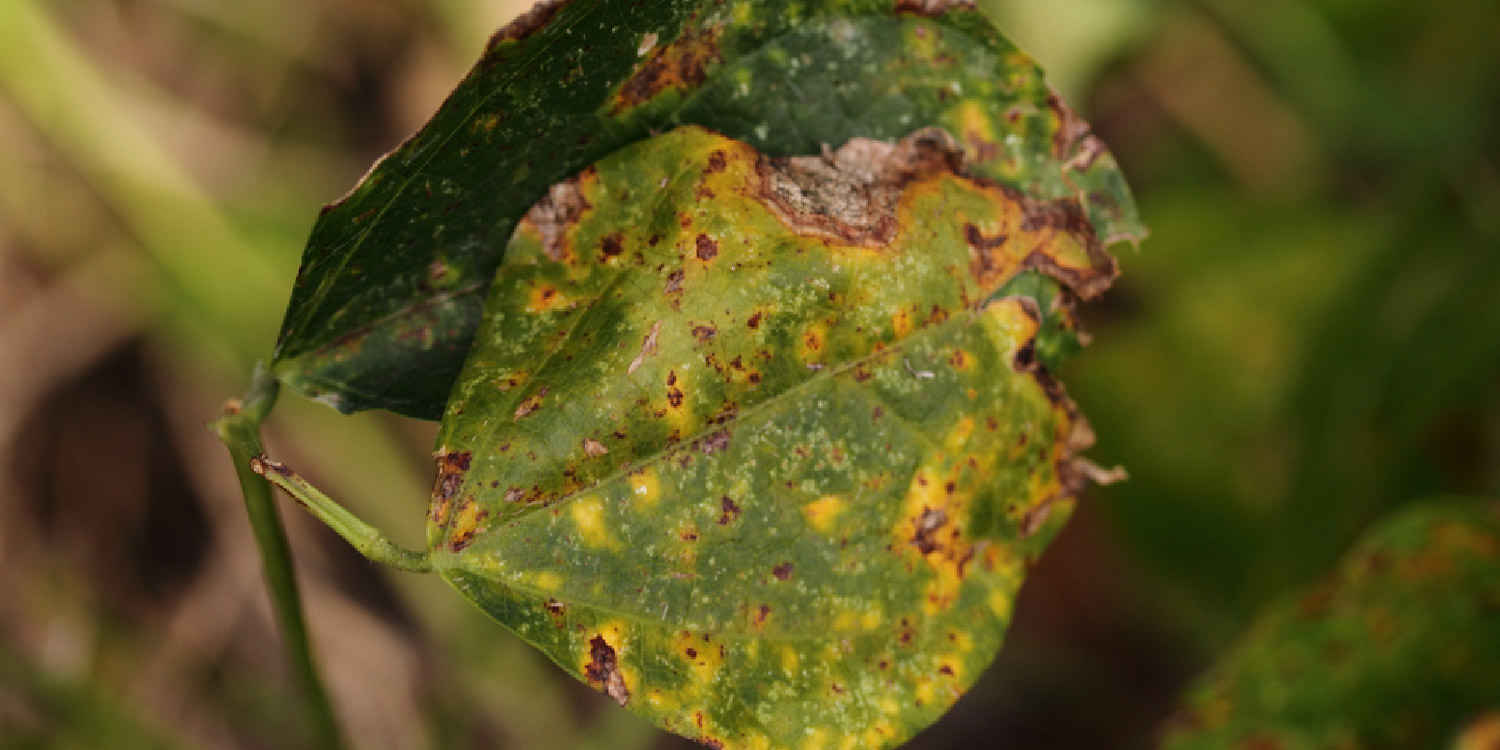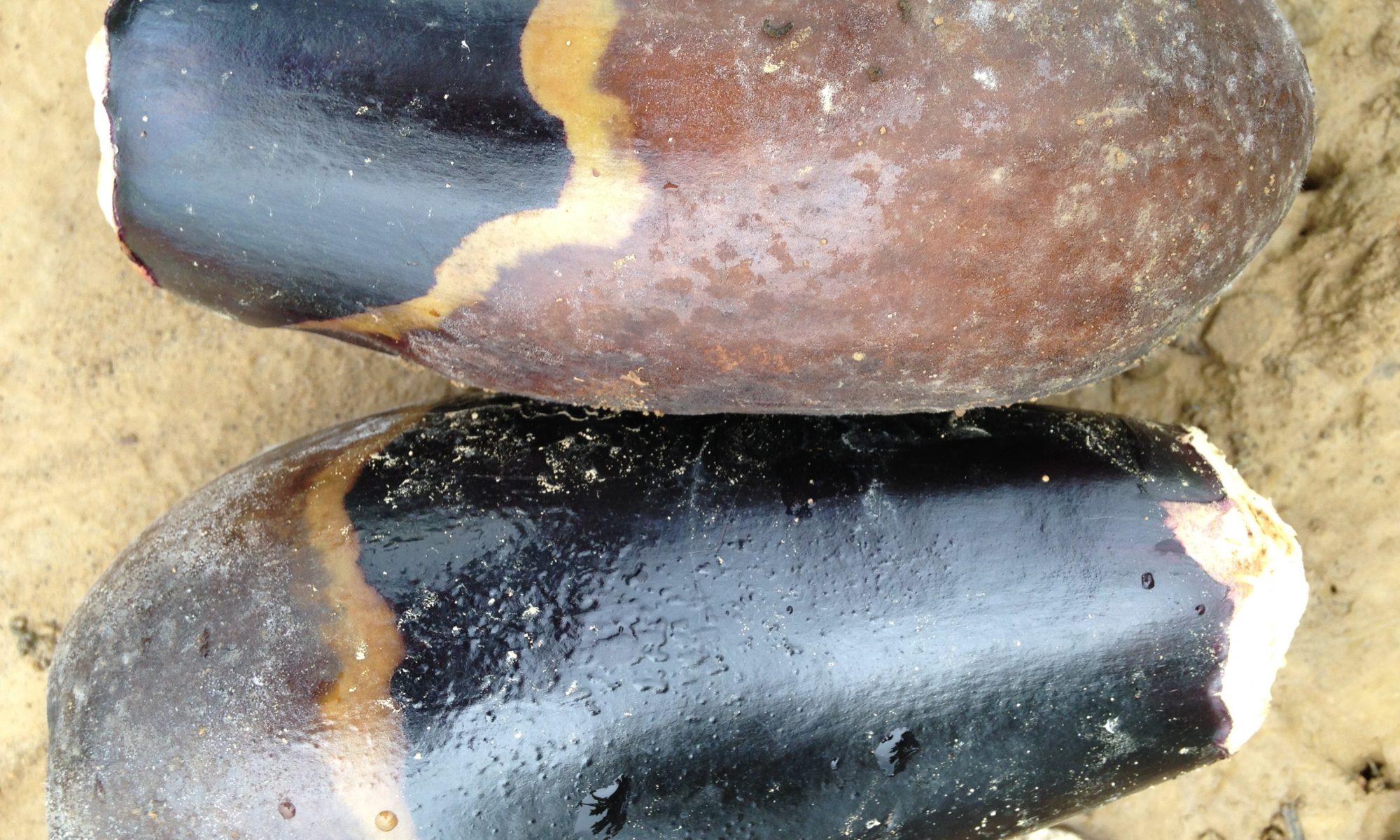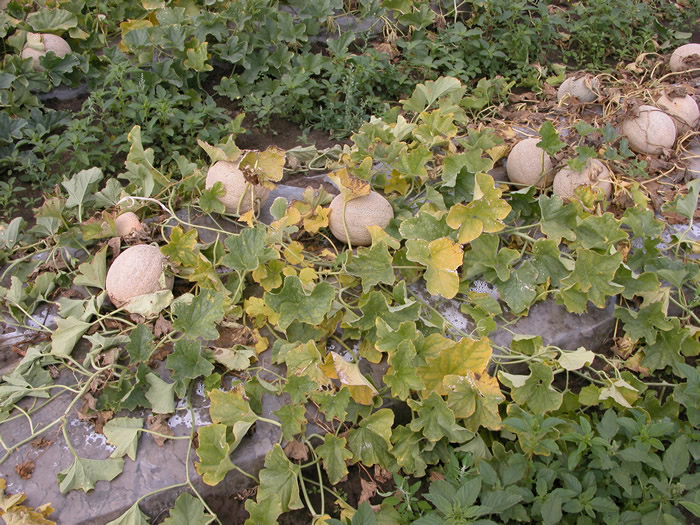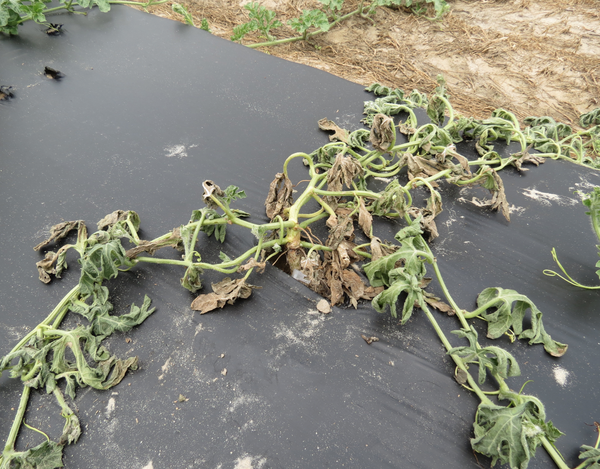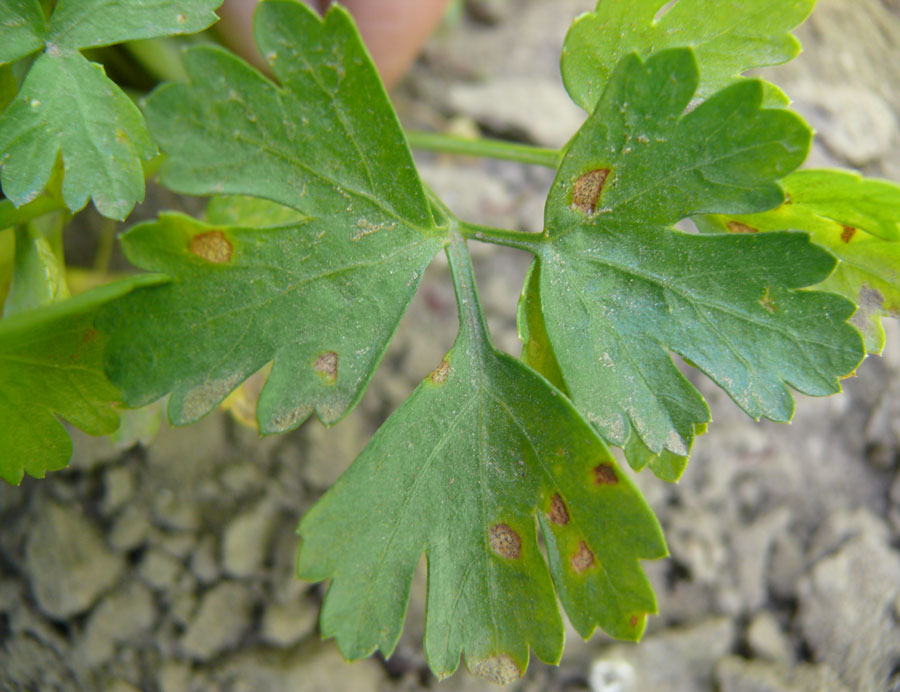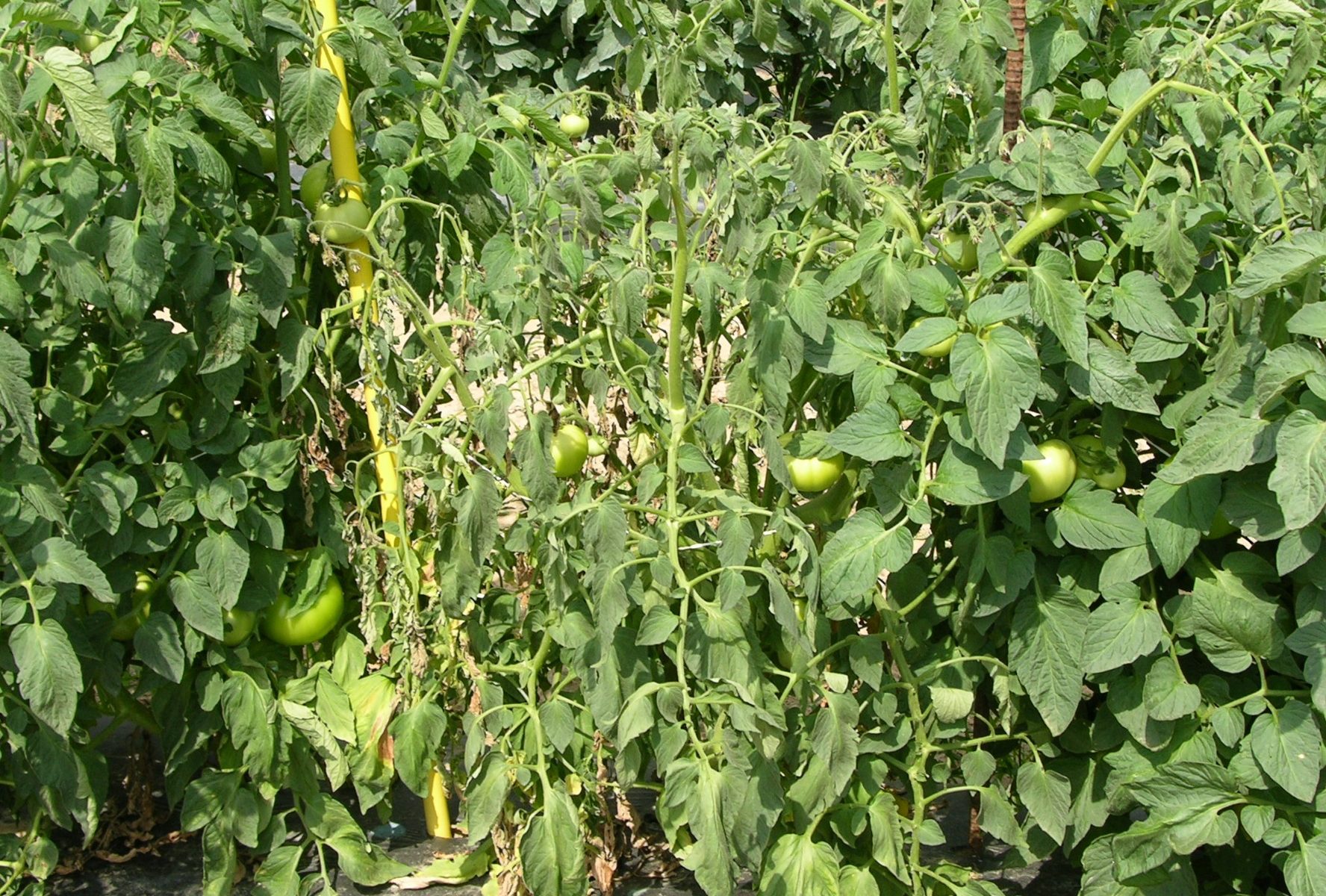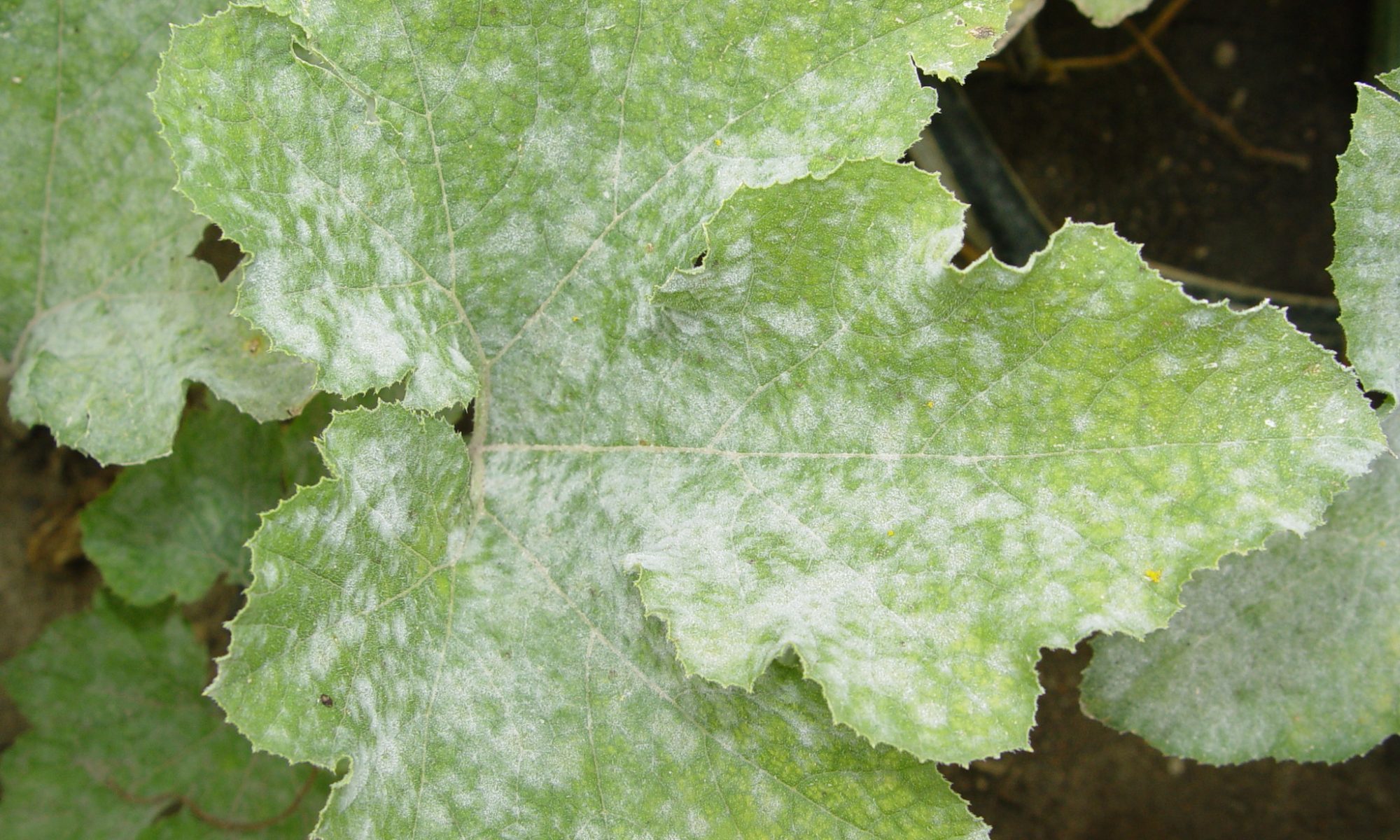- Leaves, stems and pods of cowpea are susceptible to infection.
- Small reddish-brown, slightly sunken spots form on the pods and rapidly develop into large, dark-sunken lesion.
- In moist weather, masses of pink spores develop on these lessons.
- Infection of the leaves causes blacking along the veins particularly on the under surface.
- Use disease free certified seed.
- Do not grow cowpea for at least two years in the same land that has carried on infected crop.
- Remove and destroy the disease infected cowpea plants to check the spread of disease.
- Treat the seeds with carboxin 37.5 +thiram 37.5% @ 2.5 gm / kg seed.
- Weekly spray with mancozeb 75% WP@ 400-600/acre.
Like and share with other farmers by clicking on button below.
Share
